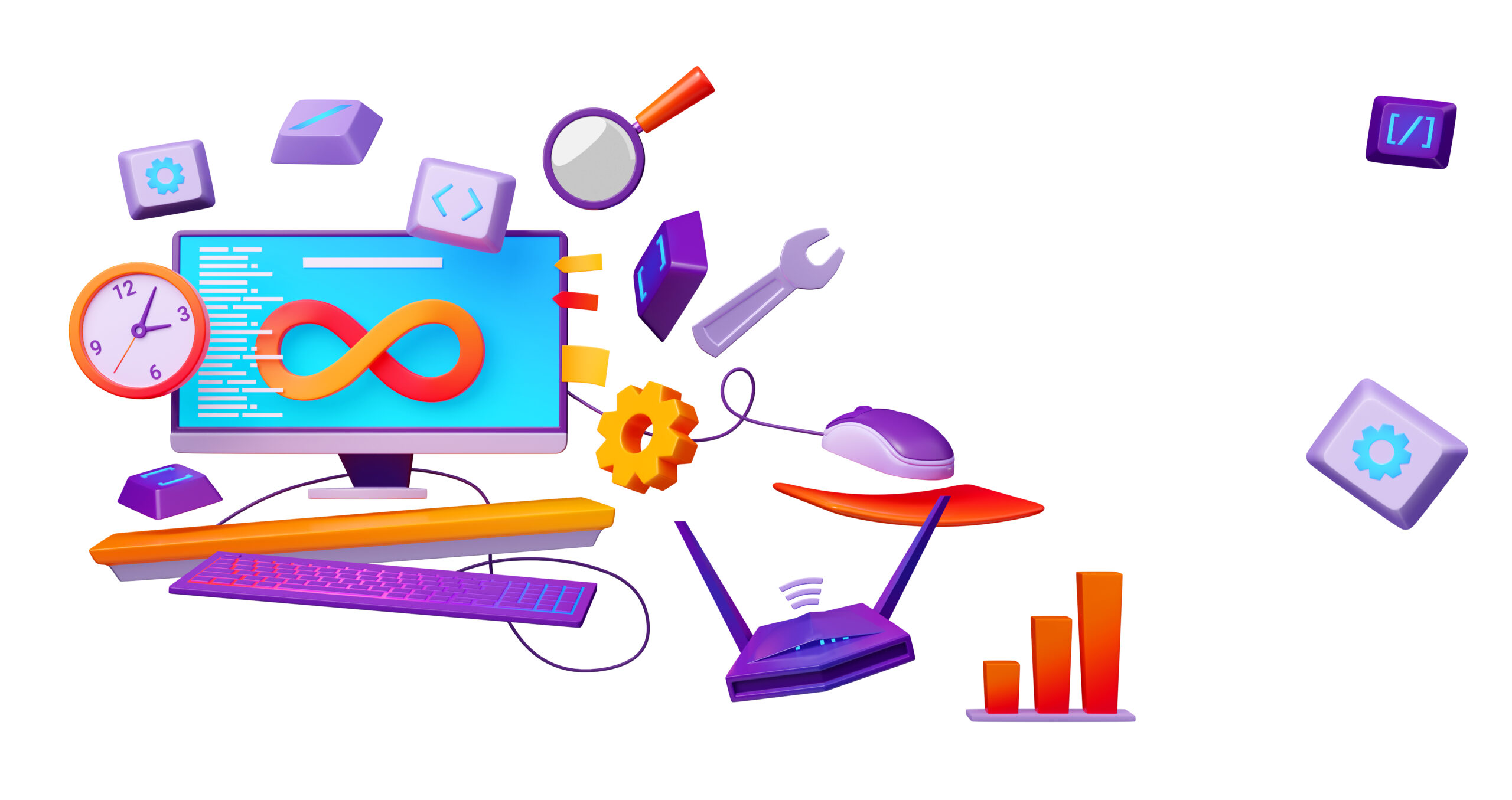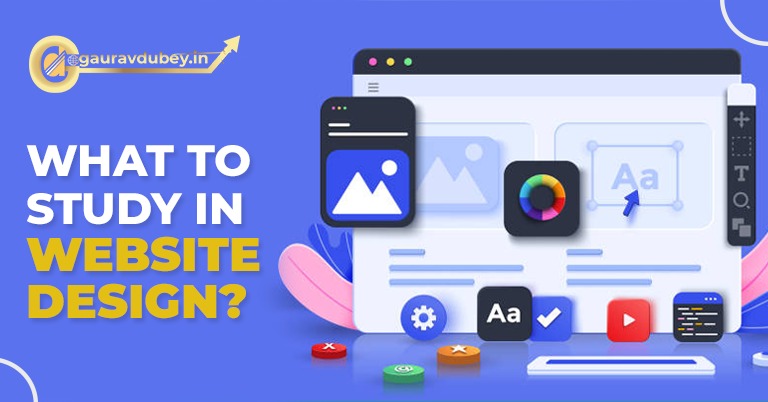The world has become completely digital zone. Being online matters more than ever before, as the world grows. The internet has become an integral part of our lives. Having a strong online presence is essential for businesses today, not only for businesses but also for individuals and organizations. Website design is a key aspect of establishing that presence. Therefore, understanding the basics can make a whole lot of difference. So, here we have the fundamental elements of website design for you. Let’s know why it is so crucial to be on the web.
The Types of Websites:
There are mostly two types of websites: Static and Dynamic. Static website is simple and fixed. It displays the same content to all users. It’s best for businesses that don’t require frequent updates or interactive features. A Dynamic website on the other hand, is flexible and interactive, just what its name suggests. It offers personalized content based on user preferences. It is ideal for more complicated businesses, like e-commerce platforms and websites with regular updates.

The Basics of Website Design:
Following are some of the basics of website design:
- Booking App: A booking app is an important tool for websites as it is required for appointment scheduling, reservations, or service bookings. It enhances user experience and streamlines communication.
- Domain: A domain is your website’s address on the internet. Domain must be unique. So, choose a memorable one. A relevant domain name is required which reflects your brand identity.
- Website Hosting: Hosting a website usually means storing its files on a server. Opt for reliable hosting services. This will ensure that your website remains accessible.
- Basic HTML Tags: HTML tags are like building blocks of web pages. Mastering basic HTML tags like headings, paragraphs, links, and images is absolutely crucial to website design.
- Page Content: Content is vital. And it must be engaging and concise. Presenting your information in a way that captivates visitors and encourages them to explore further is needed.
- Header & Footer: The header is the top section of a webpage. The footer on the other hand appears at the bottom. They should contain essential navigation links and contact details to make your site user-friendly. Less complicated sites are more attractive.
- Page URL: The URL is the web address of a specific page. Use descriptive URLs to help users understand the page’s content even before clicking on it.
- Images: High-quality images are important for visual aesthetics. They can enhance the visual appeal of your website. Optimizing image sizes to maintain fast loading times can help.
- Social Media Icons: Integrating social media icons into your website allows visitors to connect with your social platforms. This increases engagement and your visibility.
Tools for Website Design:
You need to know about two specific kinds of tools for website design. The first one is using Dreamweaver. It is a popular web design software which simplifies the creation and management of websites. It has a user-friendly interface with drag-and-drop features. The next tool involves using FileZilla which is a reliable FTP (File Transfer Protocol) client. What it does is, it facilitates easy and secure file transfers between your computer and web server.

Managing CMS Websites:
Managing CMS websites is easy. Content Management System (CMS) simplifies website management. This enables you to update content, add pages, and upload media without technical knowledge. WordPress is a widely used CMS platform. It offers a wide range of themes and plug-ins for customization. It is currently dominating the digital world.
Distinguishing Between Websites and Blogs:
What really makes Websites and Blogs different? Let us explain. A website usually represents a business or an organization and even a personal portfolio. It provides static or dynamic information. Websites often include multiple pages and sections. A blog on the other hand, is a more dynamic platform for regularly sharing content. It features chronological posts, allows reader interaction through comments. It focuses on a particular niche or topic.
As you know, being online has become an integral part of our lives. And website design is the gateway to establish a strong digital presence. No matter if it’s a static or dynamic website, you need to know the basics of website design. Remember that websites and blogs often serve different purposes. Understanding this difference can guide you in choosing the most suitable platform for your needs. So, embrace the power of the internet and let website design be your stepping stone to online success!

